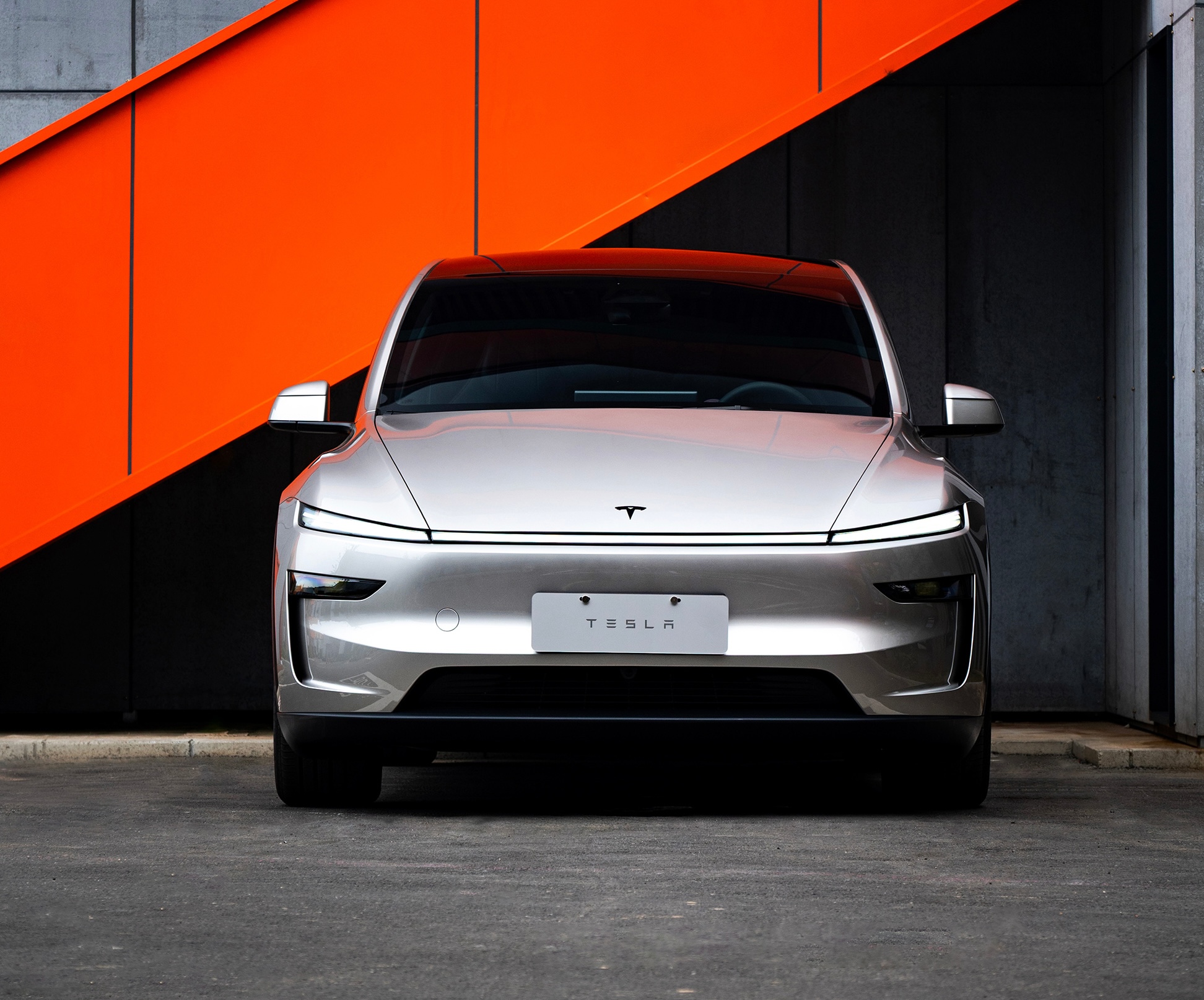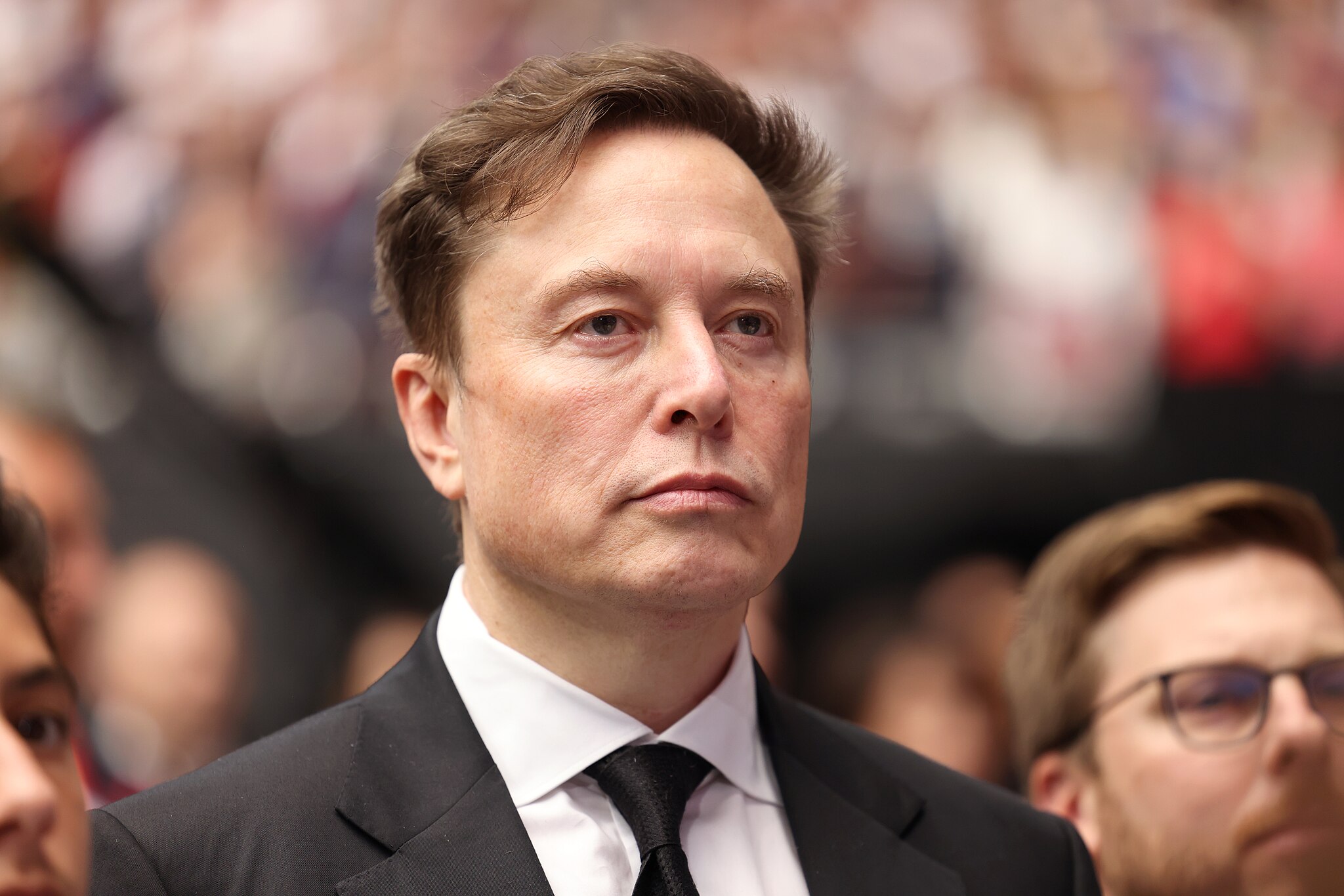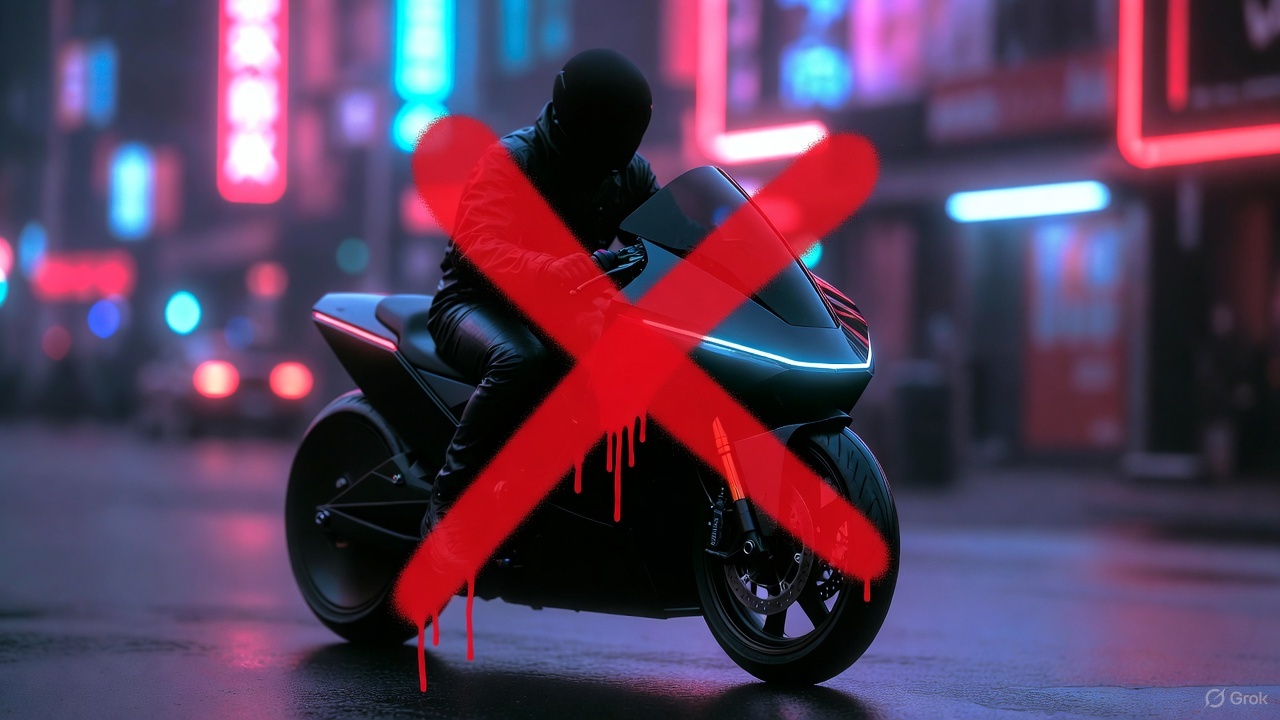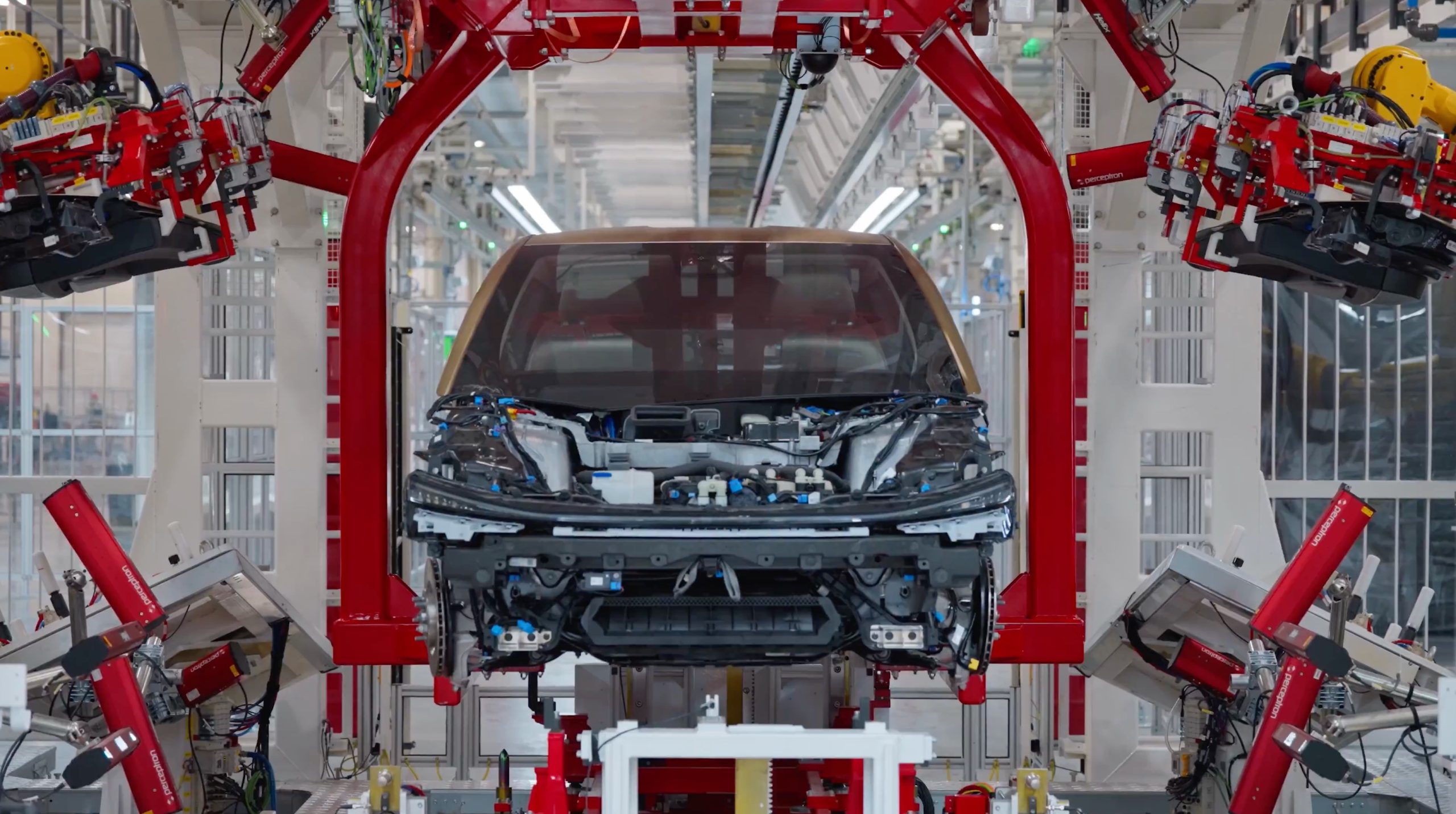News
Tesla China ends Q3 with its strongest week of the quarter as Model Y L surges
Tesla wrapped up the final week of Q3 2025 in China with its most impressive week of the quarter.

Tesla wrapped up the final week of Q3 2025 in China with its most impressive week of the quarter, logging 19,300 insurance registrations between September 22 and 28. This represented an 11.56% increase from the 17,300 units that were registered in the previous week.
With 66,250 registrations during September’s fourth week, the company finished Q3 on a high note, signaling renewed momentum in the largest EV market in the world.
Model Y L is hitting its stride
Central to this surge is the new six-seat Model Y L, which launched in China on August 19 and began deliveries on September 2. The family-oriented SUV variant saw a rise in registrations, contributing about 4,000 last week, or almost 20% of Tesla’s total. Demand for the six-seat, extended wheelbase all-electric crossover appears steady, with Tesla China’s website now showing November as the earliest delivery window for new orders.
Industry watchers have noted the Model Y L could be a growth driver heading into the fourth quarter, as it offers an option tailored to customers who wish to have a larger car that could transport more passengers than the standard Model Y.
Momentum at quarter’s close
The strong finish comes as Tesla China tries to catch up to its numbers from last year. Overall Q3 numbers are still 8.7% lower than the same quarter in 2024. However, industry watchers noted that Q3 registrations have been up 26.9% compared to Q2, and last week’s results ranked as Tesla’s third-best week of 2025 so far.
Year-to-date, Tesla remains down 6.4% in China versus last year, but its recent gains suggest a rebound as it heads into the final stretch of the year. With the Model Y L finally hitting some serious registration figures and Giga Shanghai dialed in for the production of the extended wheelbase, six-seat Model Y, Tesla China’s Q4 numbers would likely be very interesting.

Elon Musk
Elon Musk predicts AI and robotics could make work “optional” within 20 years
Speaking on entrepreneur Nikhil Kamath’s podcast, Musk predicted that machines will soon handle most forms of labor, leaving humans to work only if they choose to.

Elon Musk stated that rapid advances in artificial intelligence and robotics could make traditional work unnecessary within two decades.
Speaking on entrepreneur Nikhil Kamath’s podcast, Musk predicted that machines will soon handle most forms of labor, leaving humans to work only if they choose to.
Work as a “hobby”
During the discussion, Musk said the accelerating capability of AI systems and general-purpose robots will eventually cover all essential tasks, making human labor a choice rather than an economic requirement. “In less than 20 years, working will be optional. Working at all will be optional. Like a hobby,” Musk said.
When Kamath asked whether this future is driven by massive productivity growth, Musk agreed, noting that people will still be free to work if they enjoy the routine or the challenge. He compared future employment to home gardening, as it is something people can still do for personal satisfaction even if buying food from a store is far easier.
“Optional” work in the future
Elon Musk acknowledged the boldness of his claim and joked that people might look back in 20 years and say he was wrong. That being said, the CEO noted that such a scenario could even happen sooner than his prediction, at least if one were to consider the pace of the advancements in AI and robotics.
“Obviously people can play this back in 20 years and say, ‘Look, Elon made this ridiculous prediction and it’s not true,’ but I think it will turn out to be true, that in less than 20 years, maybe even as little as ten or 15 years, the advancements in AI and robotics will bring us to the point where working is optional,” Musk said.
Elon Musk’s comments echo his previous sentiments at Tesla’s 2025 Annual Shareholder Meeting, where he noted that Optimus could ultimately eliminate poverty. He also noted that robots like Optimus could eventually provide people worldwide with the best medical care.
Elon Musk
Elon Musk reiterates why Tesla will never make an electric motorcycle
Tesla CEO Elon Musk preemptively shut down speculations about a Tesla road bike once more.

Tesla CEO Elon Musk preemptively shut down speculations about a Tesla road bike once more, highlighting that the electric vehicle maker has no plans to enter the electric motorcycle market.
Musk posted his clarification in a post on X.
Musk’s reply to a fun AI video
X user @Moandbhr posted an AI video featuring the Tesla CEO on the social media platform, captioning it with “Mr. Elon Musk Just Revealed the Game-Changing Tesla Motorcycle.” The short clip depicted Musk approaching a sleek, single-wheeled vehicle, stepping onto it, and gliding off into the distance amid cheers. The fun video received a lot of traction on X, gaining 3.1 million views as of writing.
Musk replied to the post, stating that a Tesla motorcycle is not going to happen. “Never happening, as we can’t make motorcycles safe. For Community Notes, my near death experience was on a road bike. Dirt bikes are safe if you ride carefully, as you can’t be smashed by a truck,” Musk wrote in his reply.
Musk’s Past Comments on Two-Wheelers
Musk also detailed his reservations about motorcycles in a December 2019 X post while responding to questions about Tesla’s potential ATV. At the time, he responded positively to an electric ATV, though he also opposed the idea of a Tesla road-going motorcycle. Musk did state that electric dirt bikes might be cool, since they do not operate in areas where large vehicles like Class 8 trucks are present.
“Electric dirt bikes would be cool too. We won’t do road bikes, as too dangerous. I was hit by a truck & almost died on one when I was 17,” Musk wrote in his post.
Considering Musk’s comments about dirt bikes, however, perhaps Tesla would eventually offer a road bike as a recreational vehicle. Such a two-wheeler would be a good fit for the Cybertruck, as well as future products like the Robovan, which could be converted into an RV.
News
Tesla continues growing its Cybercab production team with new job listings
Both positions are based in Gigafactory Texas, the site of the Cybercab’s initial production.

Tesla continues to build out its workforce for the upcoming Cybercab, with two new job listings for quality inspectors for the autonomous two-seater being listed in the company’s official Careers website.
Both positions are based in Gigafactory Texas, the site of the Cybercab’s initial production.
New Cybercab listings
Tesla recently added openings for “Quality Inspector, Cybercab” and “Quality Inspector, Cybercab – Incoming Quality” on its Careers website. The roles involve detailed inspections of Cybercab components using precision tools such as calipers, micrometers, and gauges, among others. Candidates must also identify non-conformances, document findings in Tesla’s quality management system and collaborate with production teams to resolve issues swiftly.
Overall, these new Cybercab-related roles highlight Tesla’s emphasis on precision for the two-seater’s innovative features, such as its inductive charging setup, which is not available on any Tesla consumer vehicle today. If any, the Cybercab’s Quality Inspectors will likely be operating in uncharted territory as the vehicle is being produced using Tesla’s new Unboxed process. Elon Musk has also noted that the Cybercab’s production line will resemble a high-speed consumer electronics line instead of a conventional automotive line.
Recent Cybercab Design Evolutions
Since its October 2024 unveiling, the Cybercab has undergone several refinements visible in recent prototypes, enhancing aerodynamics and manufacturability ahead of production. The tail design now rises slightly for better airflow, with a shortened rear body panel and repositioned red reflectors farther from the wheel arches.
Front-end updates include segmented daytime running lights, actual turn signals and a sharper splitter, while side repeater cameras have shifted forward for improved visibility. Tesla has also enlarged door panels for easier ingress and egress, swapped to unpainted tires without extended covers and adjusted the B-pillar forward and lower, likely to foster a more open cabin feel.









